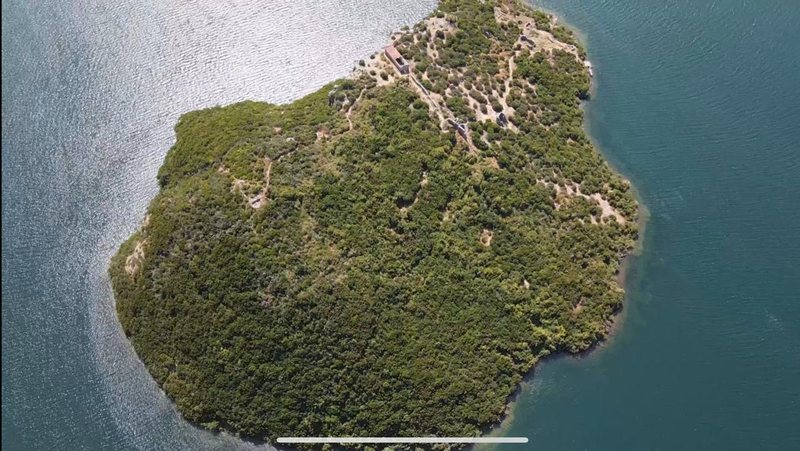
The island of Sardis in the Vau i Dejës Strait, what is hidden in the ruins of the 3000-year-old city?


If you are looking for virgin nature, but also perhaps the oldest Albanian history full of legends, the Island of Sarda is the right place that no one should miss.
The ancient city, which dates back to the end of the 15th century as a union of the three main cultures of northern Albania, is still an undiscovered place awaiting local visitors to get to know the town where Prince Lekë Dukagjini and his family lived, but also to discover its countless secrets and to see up close the ruins of thousands of years old churches whose remains have managed to survive to this day.
Sarda, once a town along the Drini River, as a strategic peninsula and as a connecting point with the old Gjakova-Shkodra-Ulcinj road, today an uninhabited town surrounded by the beautiful crown of crystal clear water of the Drini River, has turned into an interesting island and an important point that has begun to attract tourists.
The lake's water, the surrounding mountains and hills with their greenery, create a landscape of rare beauty, giving this island great eco-tourism value.
The very name of Sarda, later transformed into Shurdhah, has Illyrian origins. Sarda was a rest stop on the old Dardania road that, due to its location, held a special importance and role.
The city, with an area of 4.8 ha, was fortified with two walls, surrounding the lower and upper city respectively. Sarda was born on the threshold of the Middle Ages as a small settlement and developed in the 11th-12th centuries as a typical medieval city.
The ancient city of Sardis is also known as the city of Catholic churches, some of which have fortunately withstood the weight of the years to this day.
Sardis was a very important Episcopal see in all Albanian territories.
The Church of Saint Peter, of Roman architecture dating back to the 7th-8th centuries, is one of the complexes of dozens of Christian cult objects found in this area.
For the Church itself, Sarda or the island of Shurdhahu remains one of the holy places of Albania. The Bishop of Sapa, His Eminence Simon Kulli, speaks of the existence of this city, not only in a religious sense, but also as a connecting point between the cultures of the northern areas of Albania.
According to data, the city, built in the Venetian style with carved stones, appears to have been among the favorite areas of the invaders, while Sarda was also the residence of Prince Lekë Dukagjini.
For researcher Pashk Alia, the archaeological excavations of 1967 brought to light many elements of the medieval city, but today it remains necessary to deepen these researches, so he considers the state of the ancient city a national shame.
The situation in Sarda is unacceptable for the church as well. Monsignor Simon Kulli appeals that the state grant permission to the church to have its religious buildings restored by the church institution itself.

The Ukraine summit that ignored the tough questions
ideas
top
Alfa recipes
TRENDING 
services
- POLICE129
- STREET POLICE126
- AMBULANCE112
- FIREFIGHTER128



























